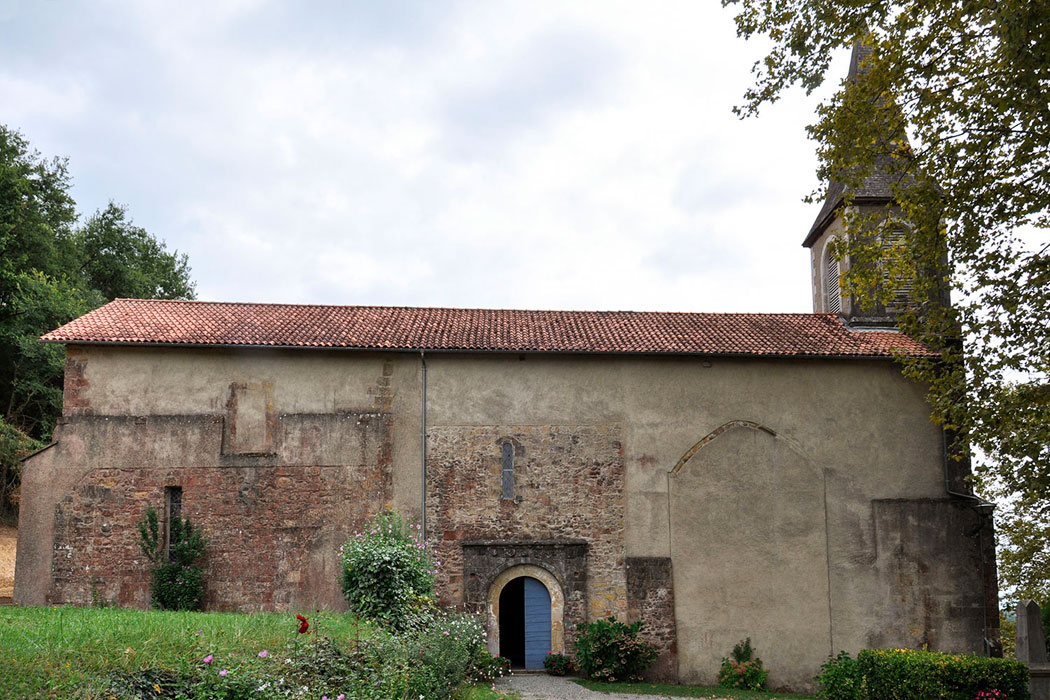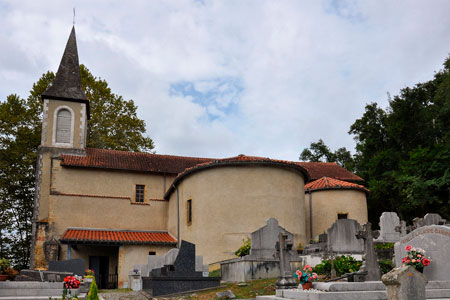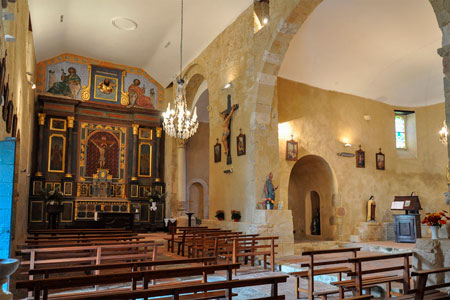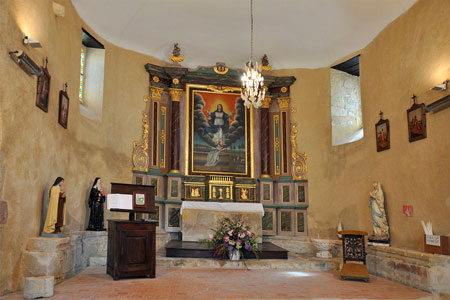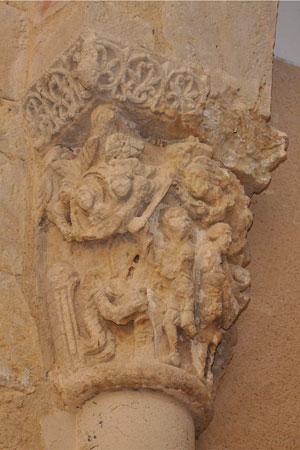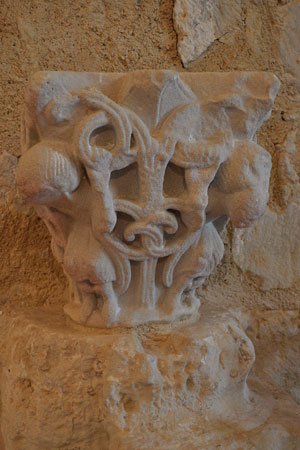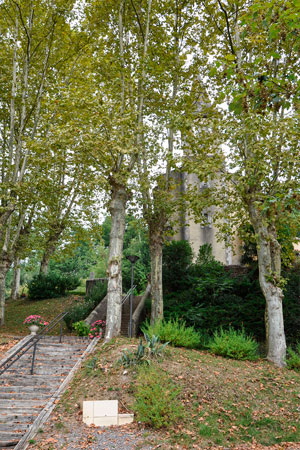Abbey of Saint-Pierre de Larreule
Abbaye Saint-Pierre de Larreule / S Petri de Regula / Reula Silvestrensis
(Larreule, Pyrénées-Atlantiques)
This monastery was founded in the late 10th century by Guilhem Sans, Duke of Gascony, and Centule III, Viscount of Béarn, with the intervention of Arsi Raca, Bishop of Lescar. According to tradition, the first monks came from a hermitage dedicated to Saint Medard, from which they had been expelled.
Upon arriving at this location, known as Barba-podii, they occupied an old chapel dedicated to Saint-Pierre, owned by a cleric named Garsias. Here, they formed a community that would become known as Regula, whose first known abbot was Centule. During the 12th century, the church was built, and between the 11th and 14th centuries, the abbey experienced a period of prosperity, followed by a time of decline. It suffered significant damage during the Wars of Religion (1569), during which much of the 12th-century medieval church was lost, along with the cloister and other facilities. Following restoration, the abbey remained active until its suppression in 1773.
- BEAUNIER, Dom (1910). Abbayes et prieurés de l'ancienne France. Vol. 3: Auch, Bordeaux. Abbaye de Ligugé
- MARCA, Pierre de (1640). Histoire de Bearn. París: J. Camusat
- SAINT-MAUR, Congregació de (1715). Gallia Christiana in provincias ecclesiasticas distributa. Vol. 1. París: Coignard
- VINCENT, Frère (1997). L’Abbaye Saint-Pierrede Larreule en Saubestre (Béarn). Repères Historiques. Voix de Belloc, núm. 166

The site of Larreule is located northwest of Pau (Pyrénées-Atlantiques). It should not be confused with the abbey of the same name located in the Hautes-Pyrénées department
